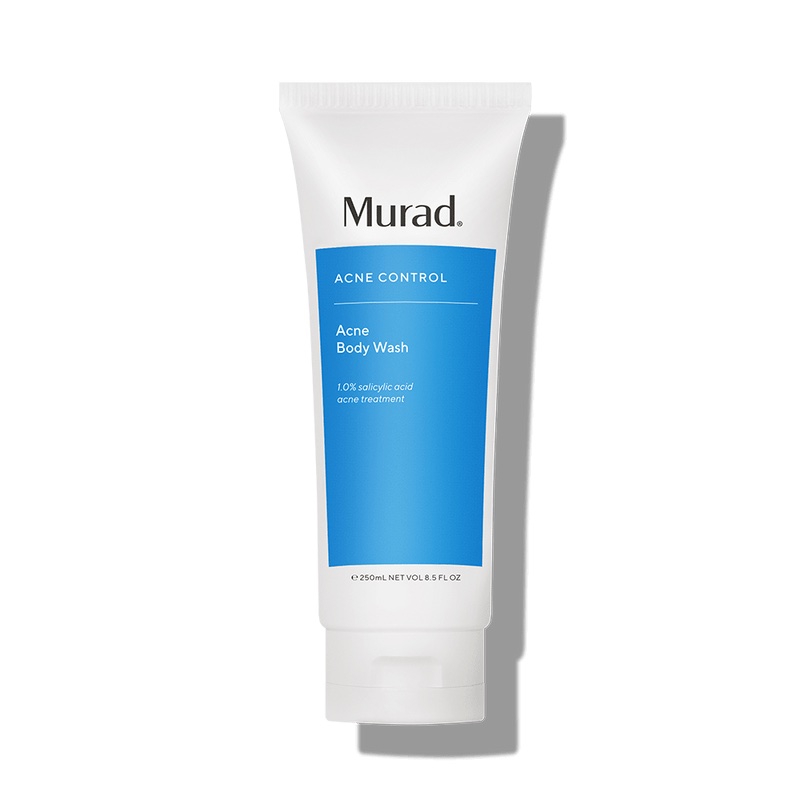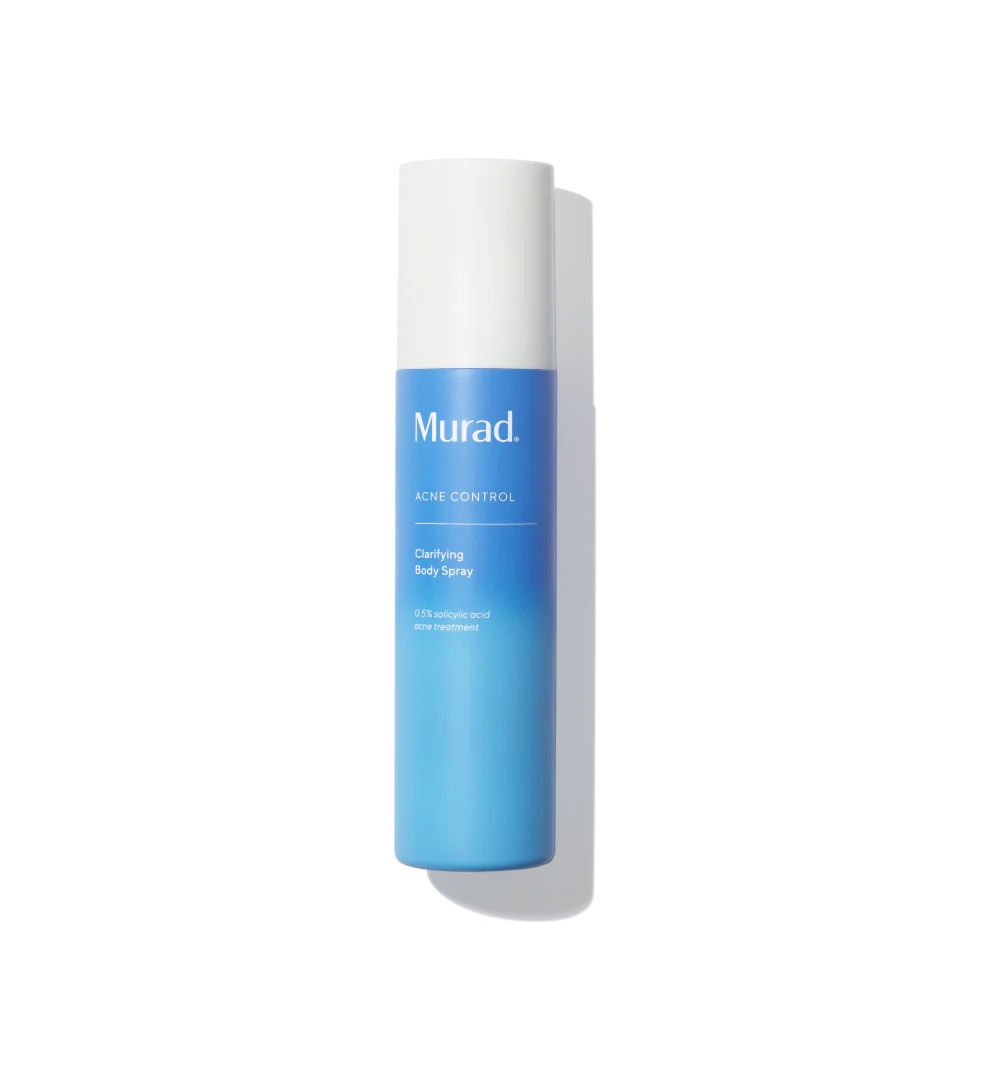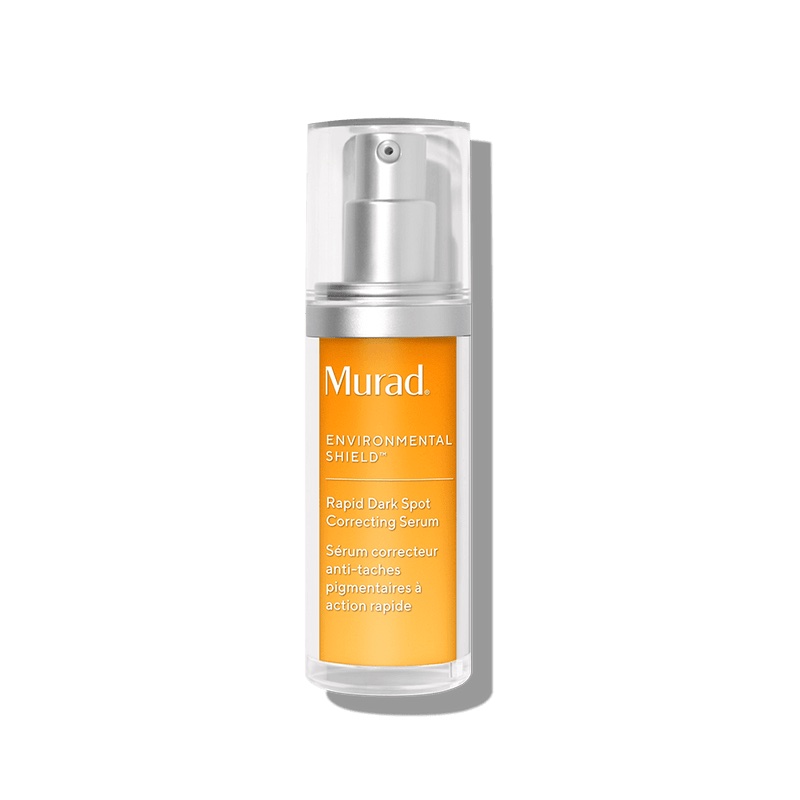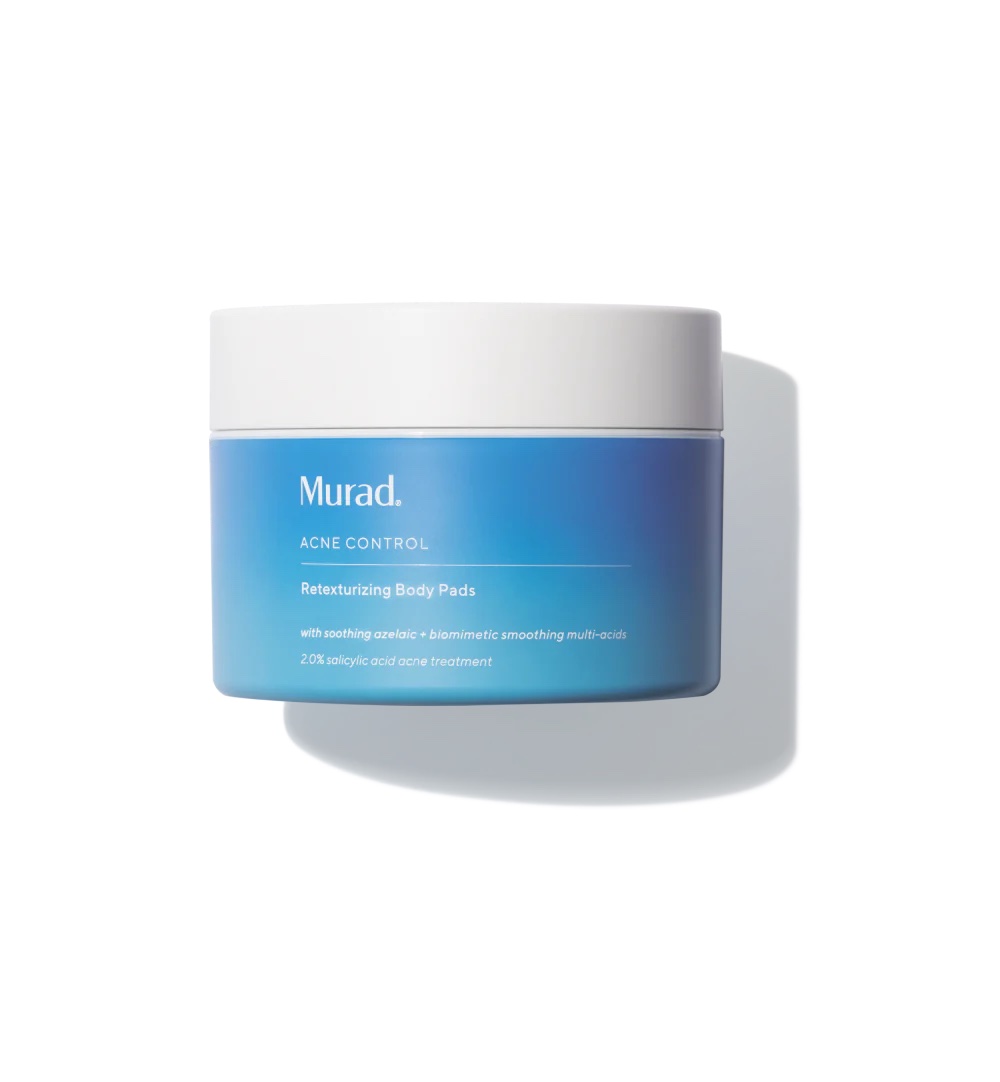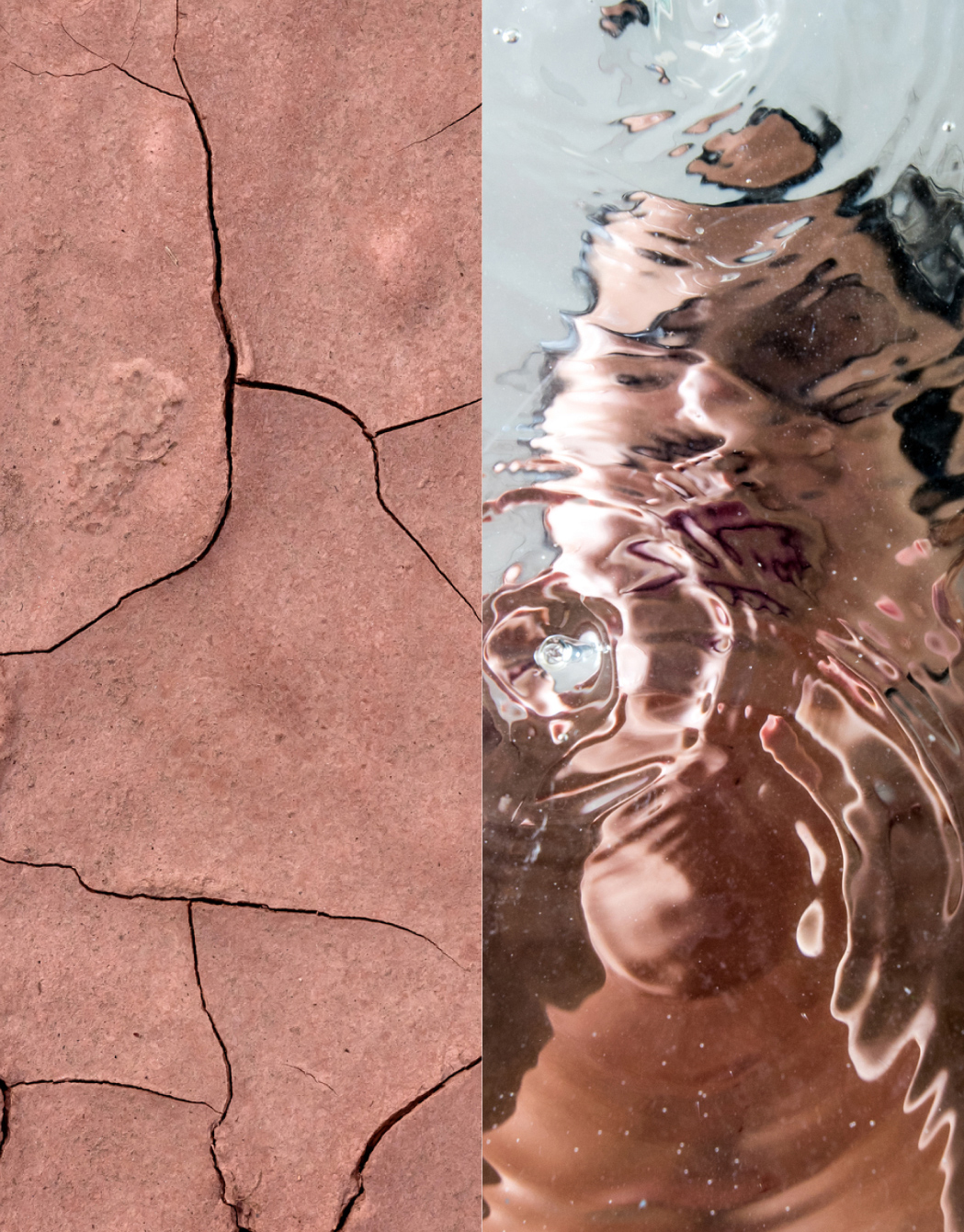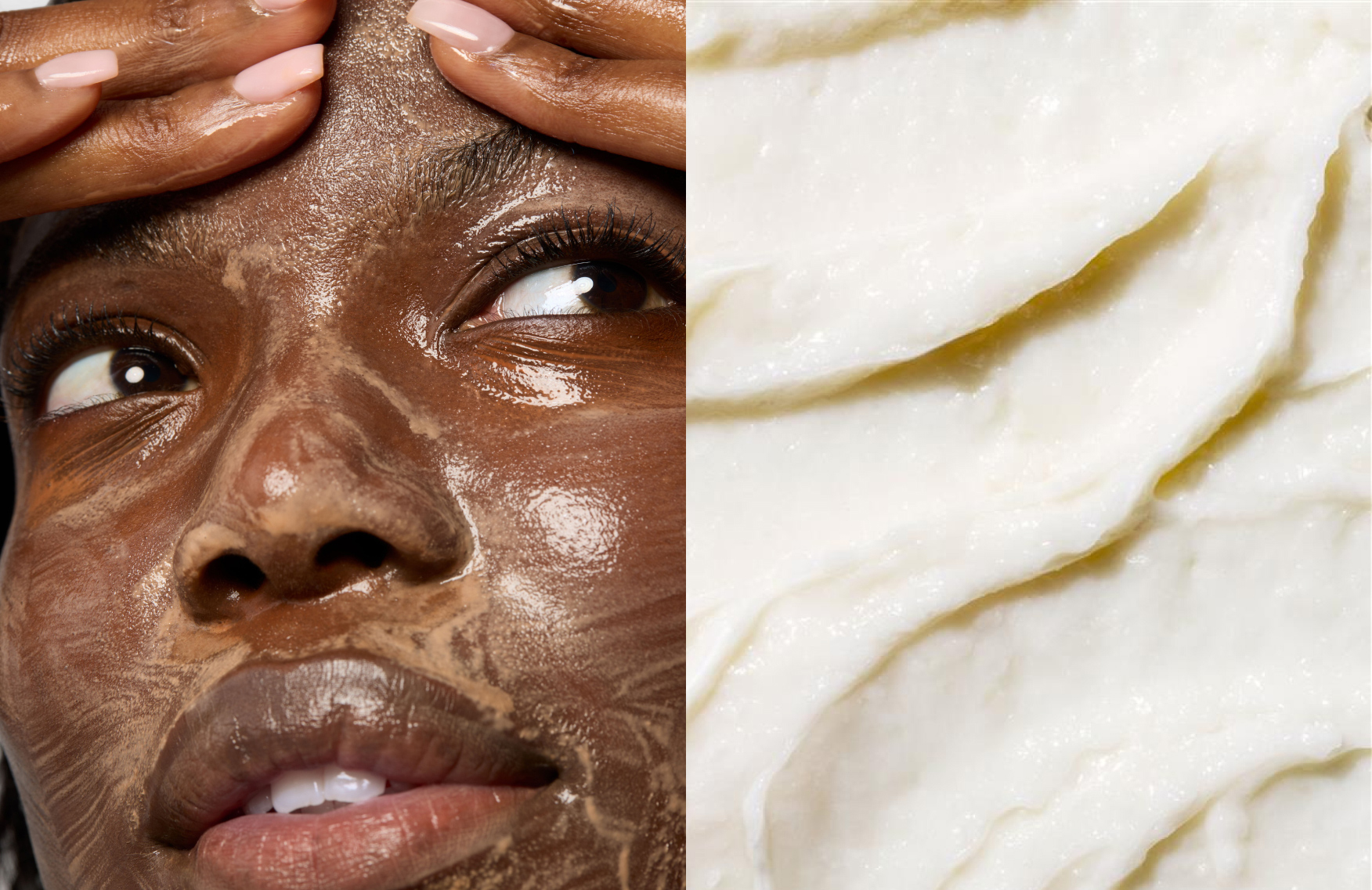Acne? Skin aging? Here’s why you need azelaic acid
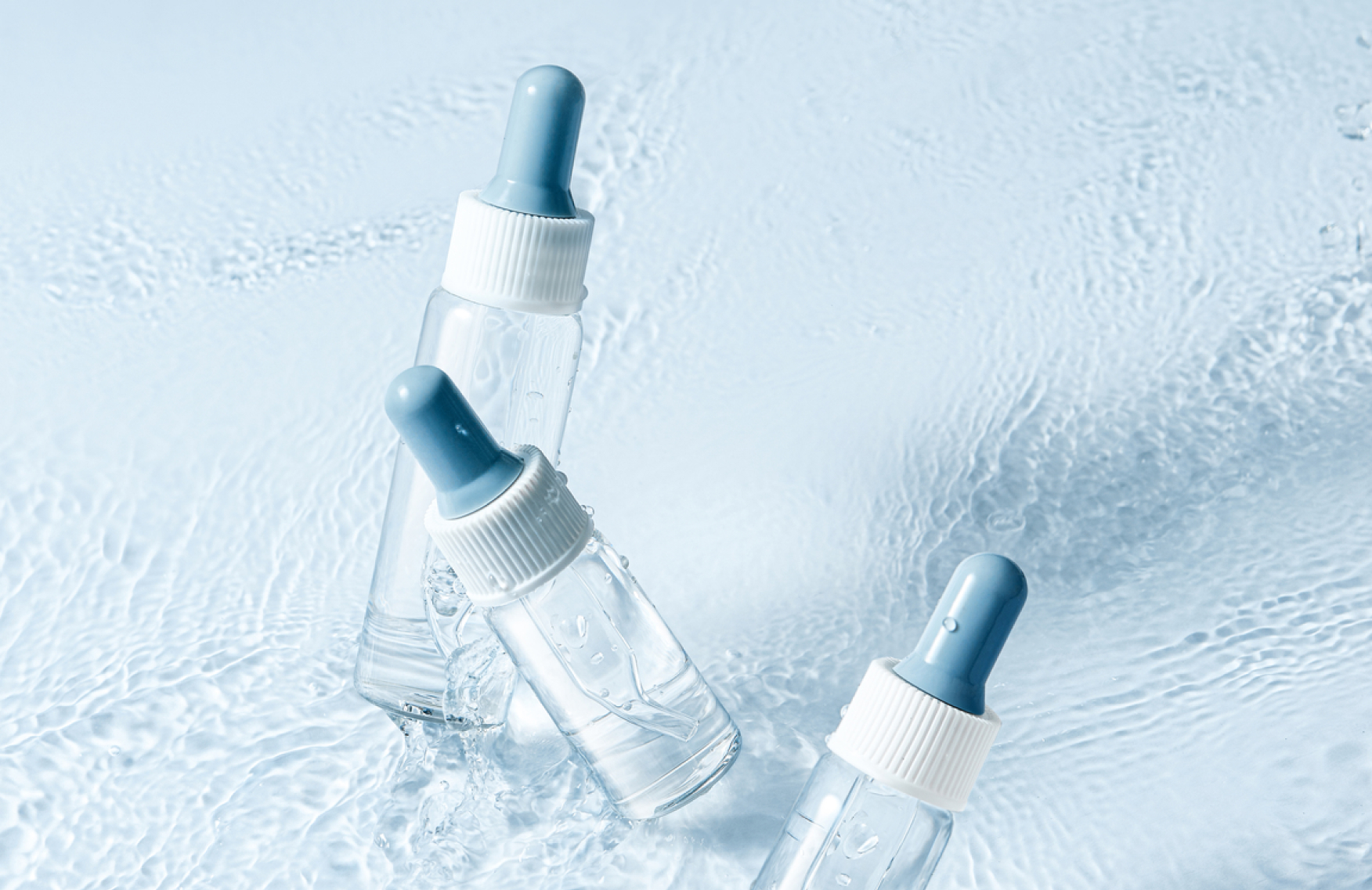
Guide to azelaic acid for skin: Usage and benefits explained
If the words “bright,” “unblemished,” and “silky” are how you’d explain your dream complexion, it’s time for azelaic acid.
Once a remedy long used almost exclusively in dermatology settings, azelaic acid has gone from a niche ingredient to a trending skincare ingredient sensation, thanks in large part to its capacity to calm and clarify an irritated complexion.
Given all the latest must-have skincare ingredients already flying across your radar, though, is one of the newer, hotter products really worth your attention and investment?
In a word: Definitely. Let’s examine the top azelaic acid skincare benefits and why it may be the ingredient your skin has been missing.
An introduction to azelaic acid
Once only available as a prescription medication, azelaic acid packs a multi-part punch in terms of beautifying and healthifying the skin. Fresh research shows precisely why it was a leading secret in clinical and cosmetic dermatology settings.
What is azelaic acid?
In the natural world, azelaic acid is derived from a handful of grains, namely:
- Wheat
- Barley
- Rye
It’s also organically produced on the skin as a yeast, much in the way skin also produces microbes and bacteria (in what’s known as the skin microbiome).
But in the realm of skincare, azelaic acid is synthetically engineered for higher stability and a more potent and effective product.
The comprehensive benefits of azelaic acid
Research on azelaic acid’s benefits has focused mainly on its capacity to deliver a clearer, more gorgeous complexion in high concentrations of 15 to 20% (or what your dermatologist might prescribe). And yet, even studies on the acid in lower concentrations demonstrate huge promise.
Research indicates that azelaic acid is a genuine winner when it comes to its myriad of biological actions (and the properties many of us search for in our skincare products). As a dicarboxylic acid (also known as an organic chemical compound), it can offer support in terms of:
- Antimicrobial
- Anti-inflammatory
- Antioxidant
- Anti-comedolytic
Fighting acne and rosacea
- Acne: Acne vulgaris, as it’s scientifically known, is the number one skin condition in the nation and strikes approximately 50 million Americans with acne-prone skin per year. Generally broken down into inflammatory and non-inflammatory acne (or whiteheads and blackheads vs pimples, nodules, and cysts), this skin concern is caused by excess oil, hormonal changes, medications, acne-causing bacteria and more.
- Rosacea: Rosacea, on the other hand, is a prevalent skin condition as well but it’s triggered by a different set of risk factors—usually extreme temperatures and weather conditions, alcohol, psychological stress, smoking and exercise.
Each have a genetic component and are both inflammatory conditions. They also share similar characteristics in terms of appearance, including:
- Redness
- Flushing
- Papules
- Pustules
Research shows that azelaic acid’s antibacterial, antimicrobial, anti-comedolytic and anti-inflammatory active ingredients may decrease inflammation in sensitive skin, reduce excess sebum, promote skin cell turnover, and soothe a red, flushed complexion.
Additionally, azelaic acid as an acne treatment may help banish bacteria and clear out clogged pores, which is one of the biggest reasons it’s prescribed to treat everything from Propionibacterium acne to acne scars.
Reducing hyperpigmentation
Hyperpigmentation is caused by an increase in melanin and things that are inside and outside of our control, such as:
- Medications
- Excessive sun exposure
- Birth control
- Hormonal changes
- Pregnancy
- Skin wounds and burn injuries
- Acne
Azelaic acid can be a boon in softening the appearance of hyperpigmentation no matter how it was caused. It does so primarily by blocking the actions of an enzyme known as tyrosine that gives rise to melanin production and the dark spots it generates.
The skincare wonder may be especially beneficial in minimizing the appearance of melasma—a more severe form of hyperpigmentation that affects 15% to 50% of all pregnant women.
Improving skin texture
Generally due to a build-up of dead skin cells caused by the usual suspects (sun damage, aging, weather, harsh cleansers, dehydration and skin conditions like psoriasis and eczema), uneven skin tone or texture can lead to a dull look—no matter your skin type.
Azelaic acid has risen to fame in part because of its ability to replenish your skin’s smoothness. It performs this task by:
- Acting as an exfoliator to accelerate skin cell turnover
- Reducing your vulnerability to inflammatory and non-inflammatory acne breakout and the scars (and bumps) they can trigger
- Decreasing the appearance of dark blotches and redness
As a result, you may find yourself with a glossier, brighter and more balanced complexion.
Tips for using azelaic acid in your skincare routine
An azelaic acid skincare product may either be prescribed by your dermatologist at the doses mentioned earlier, or found at lower concentrations in a range of over-the-counter skincare products, such as azelaic acid serum, creams, foams and gels.
If your doctor prescribes an azelaic acid product, be sure to follow its recommended usage. But if you’re going for an OTC product? Consider:
- Applying a thin, pea-sized amount on clean, dry skin
- Building tolerance to the product by using it two to three times a week before applying it once or twice a day (if, that is, you don’t experience skin irritation)
- Using azelaic acid in conjunction with your daily SPF
- Avoiding contact with your eyes
Further, ensure you conduct a patch test on a small part of your skin before applying it to your entire face: Some people are prone to side effects like redness, stinging, scaling, and peeling.
Combining azelaic acid with other skincare ingredients
Azelaic acid is frequently combined with retinoids, particularly if your derm feels that the acid alone isn’t doing the trick. In addition, it can be used alongside a host of other skincare superstars, like:
- Vitamin C: As one of the most powerful antioxidants, vitamin C skincare is a life saver in diminishing the sight of fine lines and wrinkles and delivering a more luminous, clearer complexion. Pair it with azelaic acid to see amplified results, particularly in terms of skin texture.
- Hyaluronic acid: While azelaic acid may work on reducing the redness associated with rosacea and evening out your skin tone by toning down hyperpigmentation, hyaluronic acid products also have the potential to soften the signs of aging, while helping your skin retain moisture that leads to plumper, more striking skin
- Niacinamide: Skincare products with niacinamide offer protection against oxidative stress and locking in hydration. Layering azelaic acid with it may also be promising for those whose primary skincare goal is decreasing acne flare-ups: the form of B-3 might also do an admirable job of dialing down oil production
- Alpha hydroxy acids: Hydroxy acids have the potential to accomplish plenty, from brightening a dull complexion to promoting collagen production. Whether you choose to combine azelaic acid with citric acid, lactic acid or tartaric acid, the dual acids may speed up recovery from acne breakouts: AHA skincare can also be exceptional at unplugging pores through their exfoliating powers. Better yet? AHAs boost product absorption, meaning you may see the results of azelaic acid and your skincare combos faster
That being said, exercise caution when pairing azelaic acid with other ingredients. Be aware of how ingredients like squalane for skin can interact, understand what are ceramides and their role in your skincare. Check out how vitamin C or retinol products can improve your skin tone and texture, and consider the benefits of prickly pear seed oil in enhancing your routine. Then, pause, and let that blend of nature and science do its brilliant work.
The views expressed in this article do not necessarily represent the views of Murad, and are for informational purposes only, even if the advice of physicians and medical practitioners are included. This article is not a substitute for professional medical advice, diagnosis or treatment, and should not be considered specific medical advice.
References for this information:
Journal of Dermatological Treatment, 2022, volume 33, issue 2, page 722-732
WebMd Website, Skin Problems and Treatment Guide
Current Drug Therapy, 2020, volume 15, issue 3, pages 181-193
American Academy of Dermatology Website, Skin conditions by the numbers
Healthline Website, Skincare
Mayo Clinic Website, Diseases and Conditions
National Library of Medicine, 2023, Rosacea
NYU Langone Health Website, Topical Treatment
Journal of Molecular Structure, 2021, volume 1224
Journal of Drugs in Dermatology, 2019, volume 18, issue 11
Cleveland Clinic Website, Diseases & Conditions, Melasma
National Skin Care Centres website, Blog
Banner Health Website, Azelaic acid
Harvard Health Website, Staying healthy
